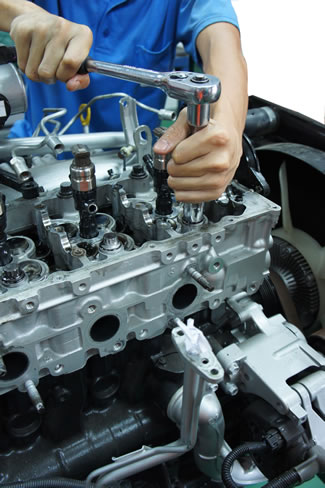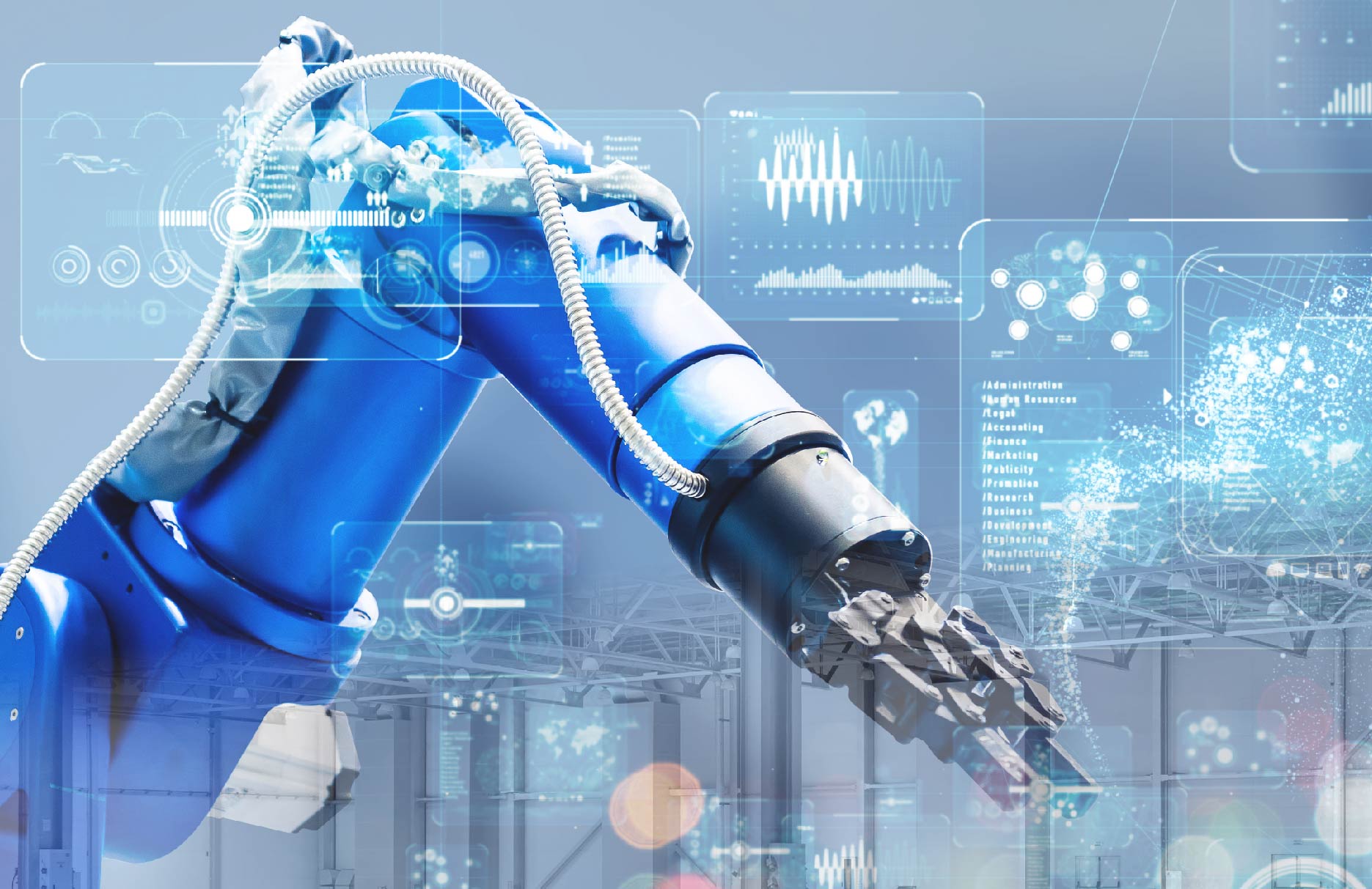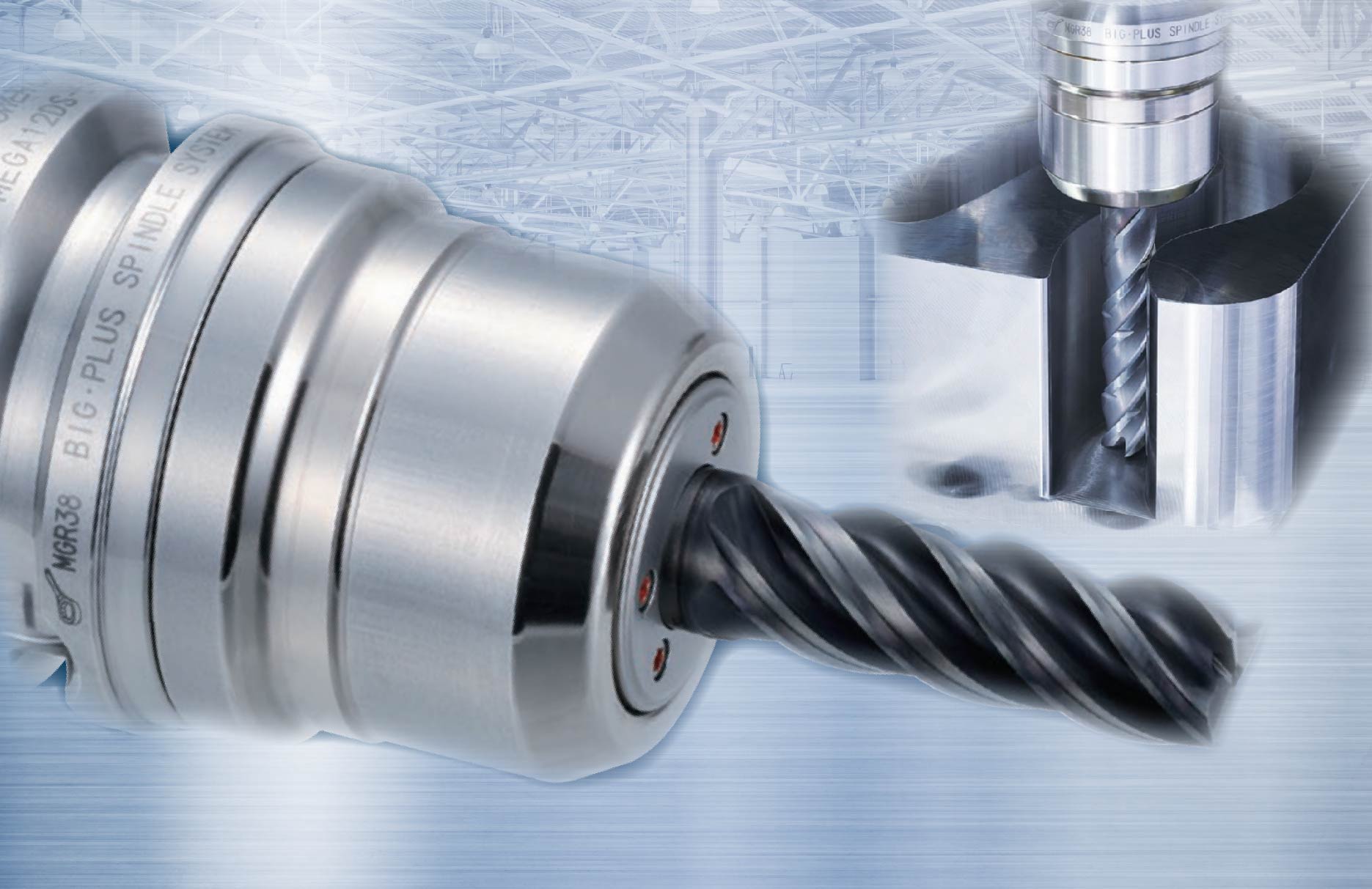Thailand is a country with an economy depending largely on exports of goods and services. Over the past 20 years, industrial products accounted for more than 70 percent of total export revenues.Since then, the industrial sector, which has been supported by domestic supporting industries, has vitalized the country.The key elements of the supporting industries are small and medium sized enterprises (or SMEs) Thai SMEs have been through changes following the national development plans and development of the world economy. With rapid changes
The Long Road for Thai SMEs
Since 1993, Thailand has seen increased investment from overseas. After the petrochemical industry had been developed in the Eastern seaboard areas, more industrial estates were established to utilize the output from these upstream industries. Various types of industries started to invest in Thailand, especially the automotive, electronics and electrical appliances industries. These 3 main industries created a lot of supporting industries, and SMEs marked an important part of the nation where labor in the agriculture sector could move to the manufacturing and services sectors.At present, it’s agreed that SMEs play an important role in the country’s economy. They are considered as the best engine to drive economic growth. Furthermore, SMEs are the business unit that creates the biggest profit margins for the country compared to the bigger scale enterprises,where a huge portion of revenue is used for imported machinery, technologies and materials. In addition, SMEs also develop wealth and prosperity in the rural areas of the country. A recent study of the Office of Small and Medium Sized Enterprises Promotion (OSMEP), under the Ministry of Industry, showed that there are 2.9 million SMEs around Thailand, 99 percent of the total number of enterprises the nation has. This creates 9.7 million jobs and 3.4 trillion baht of added revenue. They produce 37.2 percent of the country’s GDP and generate exports valued at 1.59 trillion baht.

Problems and Obstacles for Thai SMEs
Thailand did not put in much effort in establishing the fundamental infrastructure for the manufacturing sector in the first place. Thus, this resulted in out-of-date technology and high operating costs. The growth in the early years was achieved by self-reliance and cheap labor as business competition was not as tough as it is today. Structurally speaking, the under-performance of small and medium sized enterprises was caused by national policies that did not set clear goals and directions for developing SMEs, a lack of responsibility from the public sector, a lack of cooperation between the public and private sectors, and a lack of creativity, technology and innovation to secure their sustainable growth.By looking into individual issues that are currently being faced by SMEs, we see that they lack skilled labor, lack product brand development, lack understanding of modern business management, and lack marketing knowledge and information, as well as have low efficiency, productivity, and access to technology to support and access financial resources.
Impact of the AEC on Thai SMEs
The formation of the ASEAN countries into the AEC is aware to most SMEs in both the manufacturing and service sectors. The single production base and market of 10 member countries creates a large market with over 600 million people. Not only does it open doors for all manufacturers, but at the same time it brings about threats and challenges in doing business for those who are not very competitive.In general, the AEC will make some changes, including more encouragement and protection for a free flow of investment among its member states, a freer flow of capital, tariff elimination and non-tariff barrier reduction, a free flow of skilled labor and professionals in the AEC, and the free opening of businesses in 4 service industries; tourism, healthcare, air transport and information and communication technology. Problems for Thai SMEs lie in many areas, including a lack of understanding in trade-related agreements under the AEC, general knowledge and depth of understanding on issues that may affect their business, and the threats and opportunities for different types of SMEs, such as the service sector, for which agreements under the AEC will result in a higher degree of free trade and competition. Therefore, encouraging SMEs to maximize benefits from the agreements under the AEC, both in terms of tariff and non-tariff benefits, and developing knowledge of country-of-origin laws for products will strengthen the competitiveness of Thai SMEs.
A New Era of Japanese Investors
Japan has been among the world’s economic leaders for many years using their industrial and technological achievements as a key driver. Today, however, Japan is facing difficulties and challenges; natural disasters, energy shortages, and an aging population. These factors have led to economic growth contracting and it seems it may be even worse in the near future. Even with many internal problems, Japanese investors still play a big role in economic growth in many regions, especially ASEAN. According to a report of JETRO Bangkok, from a survey in 2010, it was found that out of 4,944 Japanese investors in ASEAN, 1,337 (or 27 percent) had invested in Thailand, the highest number, with Vietnam coming in second place. New investment from Japanese investors will not be the same as it was in the past. Most will come from small and medium sized enterprises that will need to join with local businesses in terms of both capital and operation. Though the amount of money invested is not much as before, what these investors have, importantly, is expertise and technology. This would help fill the gaps of the weak points of Thai SMEs. One thing Thai manufacturers should be aware of is Japanese working culture and business etiquette, as these investors are still attached to Japan’s cultural hierarchy. Key values such as promise keeping, seniority, and faithfulness are the pillars of Japanese business culture. For the weak points, smaller sized Japanese companies generally lack modern management and have weak English communication skills.

Concerted Efforts for Sustainable Thai SMEs
There are two parts to the measures to reinforce Thai SMEs; the government’s policy and the private sector’s measures. The government has come up with two plans. The Third Small and Medium-sized Enterprises Promotion Plan (2012 to 2016) comprises 4 strategic parts: create an investment atmosphere favorable to business operation; increase competitiveness; create a balance in business, social, and environmental development; and increase the potential of SMEs to take part in international economies. The second plan is the Eleventh National Economic and Social Development Plan (2012-2016), which includes the application of the Sufficiency Economy philosophy in order to promote self-reliance in terms of factors of production.The relief measures from the public sector comprises the manufacturers and personnel development plan, the technology promotion plan, the export and market plan, and the financial measures plan. These measures are carried out by key organizations like the Department of Skill Development, the Industry Promotion Department, the Office of Small and Medium-sized Enterprises Promotion, and the Thailand Productivity Institute.The key relief measures from the private sector were financial access according to MOUs signing between the Thai Chamber of Commerce, the Board of Trade of Thailand, the Thailand Tourism Council, and the Thai Credit Guarantee Corporation (TCG). They provide special loans for needs-based solutions to more than 90,000 SMEs. Other relief measures include training and seminars organized by leading companies, including Mitutoyo (Thailand) Co., Ltd., and Sumipol Co., Ltd., as well as to MOUs signing between the Thai Chamber of Commerce, the Board of Trade of Thailand, the Thailand Tourism Council, and the Thai Credit Guarantee Corporation (TCG). They provide special loans for needs-based solutions to more than 90,000 SMEs. Other relief measures include training and seminars organized by leading companies, including Mitutoyo (Thailand) Co., Ltd., and Sumipol Co., Ltd., as well as corporate and public institutes like the Institute of Metrology (Thailand), the Department of National Skills Development, the Office of the Vocational Education Commission, who all organized training courses and seminars to personnel from the industrial sector. Conclusion Though Thai SMEs are stronger compared to our competitors in the region (Indonesia or Vietnam), this doesn’t mean we will not be overtaken by them one day. It will take all Thai people to help create the conditions to facilitate investment in the country. The AEC is just 2 years away, and will be a great opportunity for Thailand, especially for SMEs to improve their own business to be ready for tougher competition and to gain the highest benefits available from the AEC. Without a doubt, SMEs have become a very important thing connecting different parts of the economy. It’s as essential as the backbone of our bodies that protects the vital nerves and organs that control all our actions and thoughts. Without the backbone, the body can’t move: without strong SMEs, the country’s economy just can’t function too.








